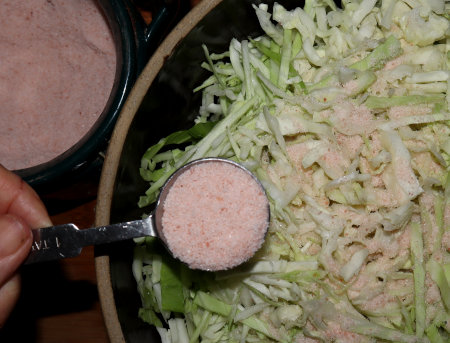The addition of heritage breed turkeys on the homestead has given us a new source of eggs and meat. So many people told me how they prefer turkey to chicken eggs, that I was quite curious about them.
We first tried them as scrambled eggs. The biggest difference was in how creamy scrambled turkey eggs are. Delicious. I thought they would be excellent for French toast.
 |
I make cinnamon bread in my bread maker just for French toast. It's
50/50 homegrown whole wheat to white flour, with 2 tsp. cinnamon. |
We weren't disappointed!
Of our three female turkeys, we planned to keep two and so Dan dispatched one. I asked him if he wanted me to freeze it for later or roast it now. He wanted to try it now.
Our heritage breed chickens don't produce much breast meat, so we were pleasantly surprised at how much we got from our 10-month-old turkey hen. Though it wasn't Thanksgiving, I couldn't resist making a traditional Thanksgiving style meal!
 |
Lots to be thankful for here: homegrown turkey and sweet potatoes,
with cornbread stuffing made from homegrown corn and sage. |
It was tender and flavorful. Dressed weight was ten pounds. That's a generous amount for a company meal, and lots of meals for just the two of us.
Our two remaining hens both appear to be broody. Jenny B disappeared in the bushes a couple of weeks ago and Dan discovered that she had three eggs in a nest. We didn't like that she was brooding outside the chicken yard, but birds have minds of their own and the humans' opinion doesn't count. Unfortunately, something got them, leaving only scattered egg shells. She recently disappeared again, and I found her in the pasture hedgerow. We'll count eggs when she's on her daily visit to the poultry yard.
Jenny J also started setting, but she chose the chicken coop. We feel like she's safer there, but there are still problems. For one, the chickens won't leave her alone. They continually peck her on the head, trying to make her to get up so they can lay their eggs in her nest. Why they want to lay their eggs in somebody else's nest is beyond me, but that's chickens for you.
The other problem is that one of our Muscovys has gone broody too. That in itself isn't a problem, but when Jenny J gets off the nest to get food and water, Mom Muscovy steals her eggs! Seriously! The two nesting spots are near one another, and Mom rolls some of Jenny J's eggs over to her nest. Dan puts them back, but she isn't too happy about that.
UPDATE: This morning, Mom Muscovy was out getting feed and water, so Dan went to check the eggs in her nest. Turns out Jenny J's nest was empty of eggs, so she had moved over to Mom's nest! Mom came in and was in a dither over that! For us humans, it was a "what did you think was gonna happen?" moment, but birds don't think like humans. 😂 Dan reckons there are at least five duck eggs in that nest, plus Jenny's three.
Mixed nests could create another problem because of the variance of incubation days. Muscovy incubation is 32 days, turkeys is 28 days, and chickens is 21. The concern is that the mama will leave the nest with the early hatchlings and abandon the eggs that need more time. We did have a Buff Orpington chicken raise some ducklings once, but I think it's better if each species raises their own babies, if there's a mother willing to do it. Keeping it all sorted out, however, is an ongoing chore.
Never a dull moment.




















































